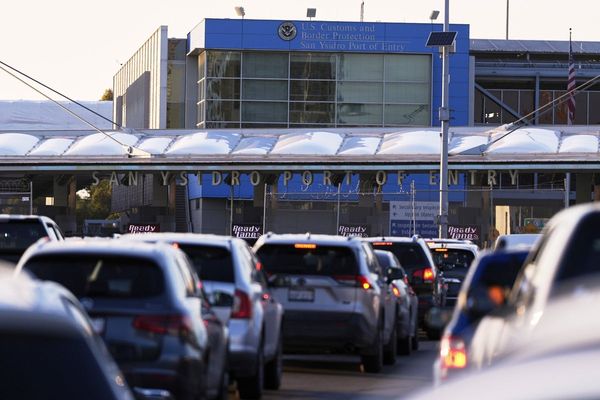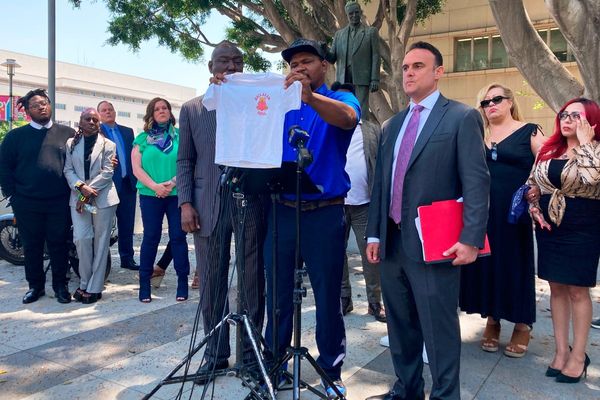
There are many factors at play when trying to predict a possible recession. To help you understand what is going on and what we expect to happen in the future, our highly-experienced Kiplinger Letter team will keep you abreast of the latest developments and forecasts (Get a free issue of The Kiplinger Letter or subscribe). You'll get all the latest news first by subscribing, but we will publish many (but not all) of the forecasts a few days afterward online. Here’s the latest...
One economic indicator that may be signaling an oncoming recession: the soft demand for cardboard boxes. Data from the Fibre Box Assn. suggest that demand for corrugated liner board — what most cardboard boxes are made from — has fallen in line with previous recessions, though it hasn’t quite reached the depths of the 2008-09 downturn. Meanwhile, the American Forest and Paper Assn. reports that total boxboard production was down 5% in the first quarter, compared with 2022. A separate survey of independent North American box makers shows demand for cardboard boxes falling to 2019 levels after declining by 4% last year.
Weaker cardboard box demand signals weaker demand for goods, a blow to leading North American boxboard producers like International Paper and WestRock. But service industries in developed economies like the U.S. remain resilient, which is cushioning the blow from the diminishing demand for physical goods.
While the manufacturing sector is likely on the brink of a slowdown, manufacturer investment in factories and other physical plants is on a tear, increasing by 8.7% in April alone, the latest month for which data are available. Since April 2022, manufacturing construction spending has more than doubled.
New facilities to build computers, electronics and electrical gear lead the way, currently accounting for more than 40% of manufacturers’ construction spending. This reflects the impact of the CHIPS and Inflation Reduction Acts, both of which included incentives for domestic production of chips, batteries and more.
This forecast first appeared in The Kiplinger Letter, which has been running since 1923 and is a collection of concise weekly forecasts on business and economic trends, as well as what to expect from Washington, to help you understand what’s coming up to make the most of your investments and your money. Subscribe to The Kiplinger Letter.







